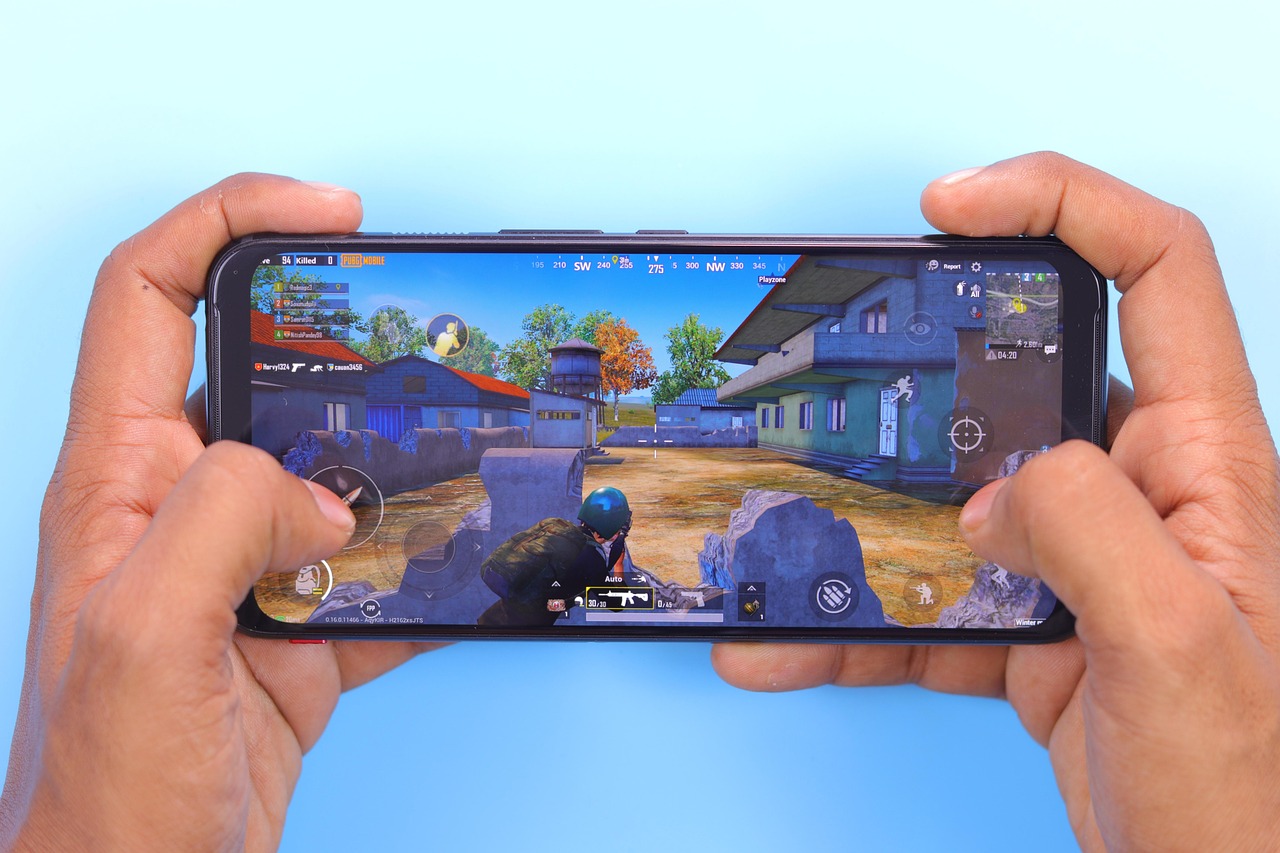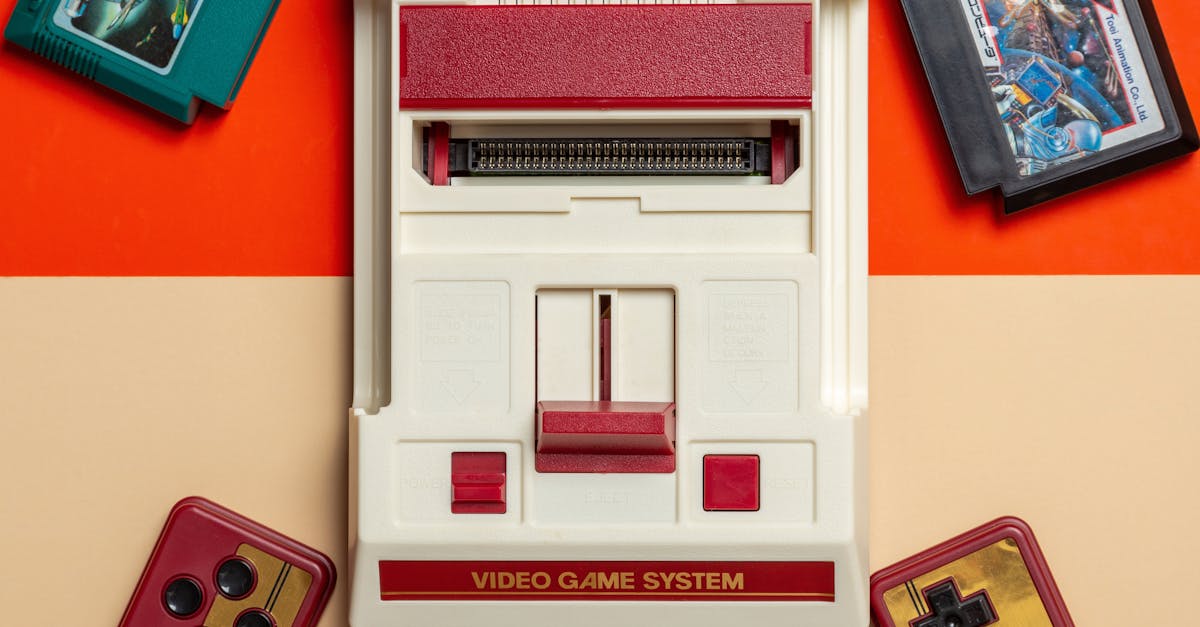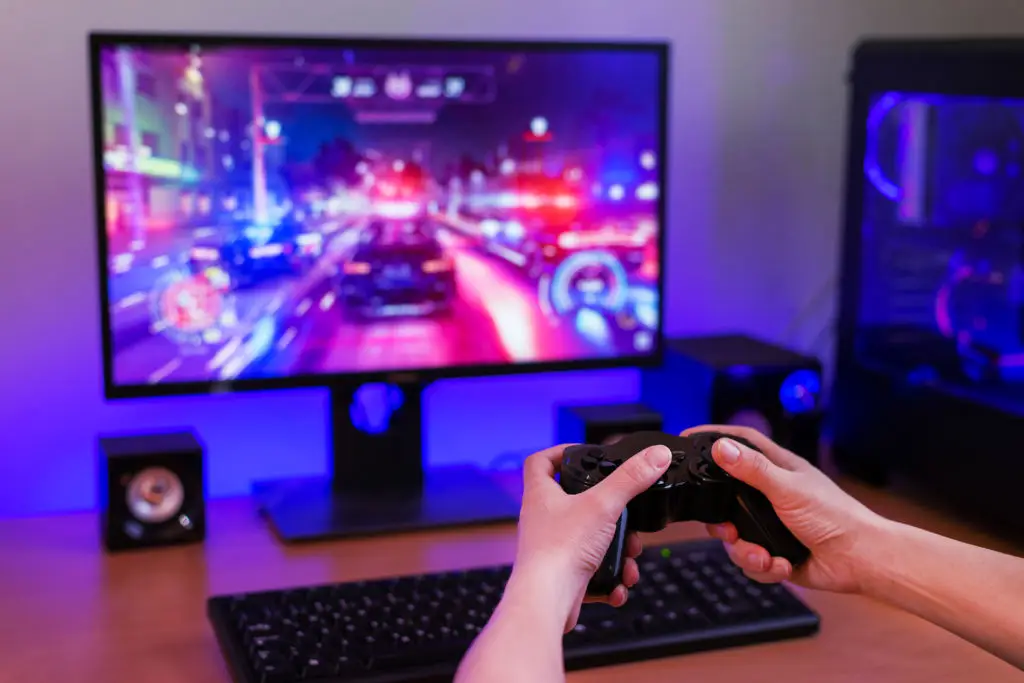In today’s digital world, owning a PC is easy—understanding it is where the real power lies. Whether you're buying a new system, upgrading components, or troubleshooting slowdowns, knowing the right terms can save you time, money, and serious frustration. But let’s face it: tech jargon can be intimidating, even for seasoned users. That’s why we’ve broken down 9 essential PC terms every user should know—not just to sound smart, but to make smarter choices. These aren’t just buzzwords—they’re the building blocks of performance, security, and long-term efficiency. From CPU to SSD, RAM to GPU, each term carries weight in how your system behaves and how much value you get from it. This guide is your cheat sheet to digital confidence—so the next time you're staring down a spec sheet or making an upgrade decision, you'll know exactly what matters. Let’s decode the tech and put the power back in your hands.
1. CPU: The Heart of Your PC
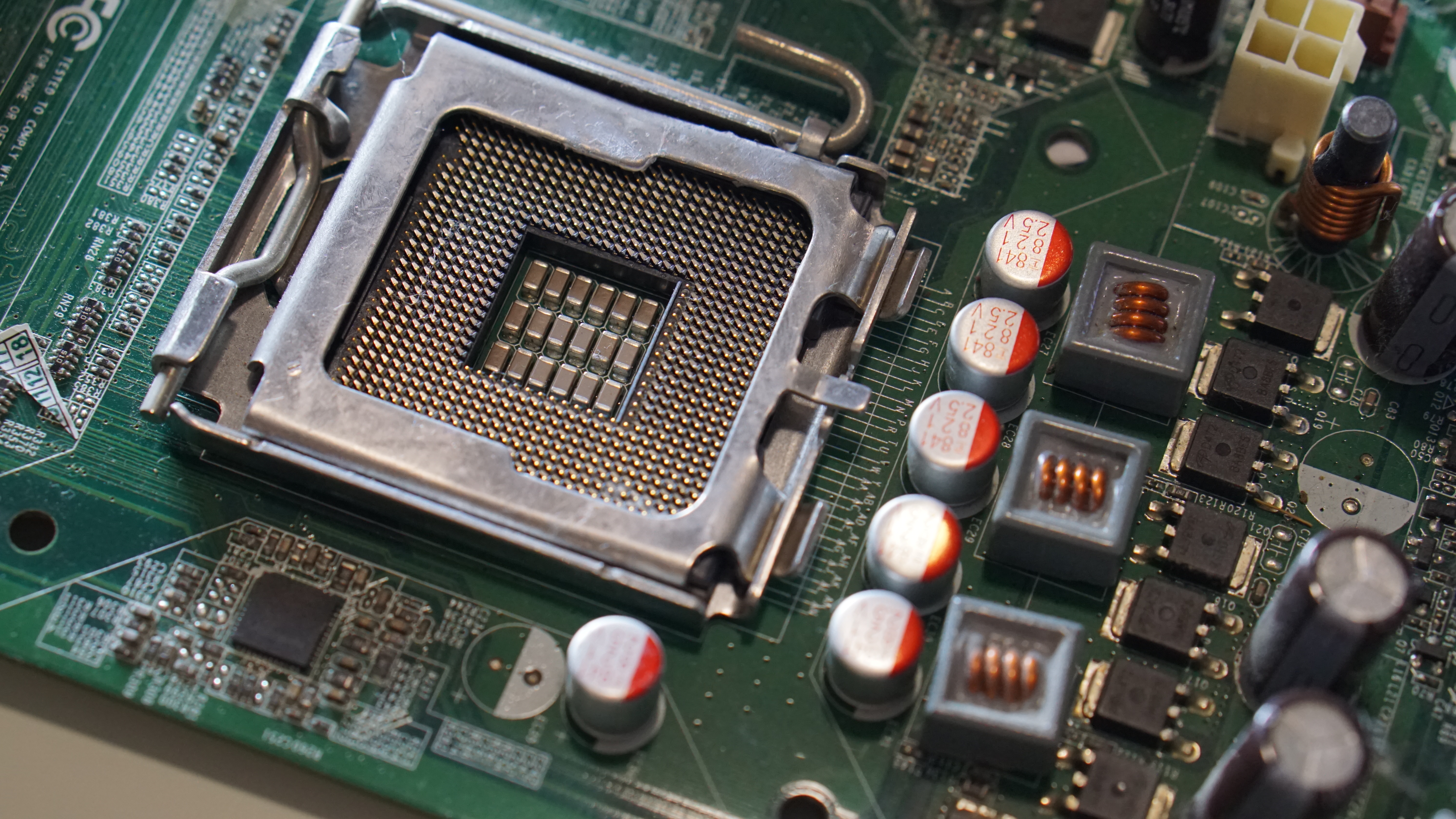
The Central Processing Unit (CPU) is often referred to as the brain or heart of a computer, responsible for executing instructions and managing tasks. Understanding the CPU's role is essential because it directly impacts your computer's speed and efficiency. When purchasing or upgrading a PC, knowing the difference between single-core and multi-core processors, clock speed, and cache size is crucial. A powerful CPU can handle more tasks simultaneously, making it ideal for multitasking and running complex applications. Investing in a suitable CPU ensures your system can keep up with your demands, preventing bottlenecks and enhancing overall performance.
2. RAM: The Unsung Hero of Performance
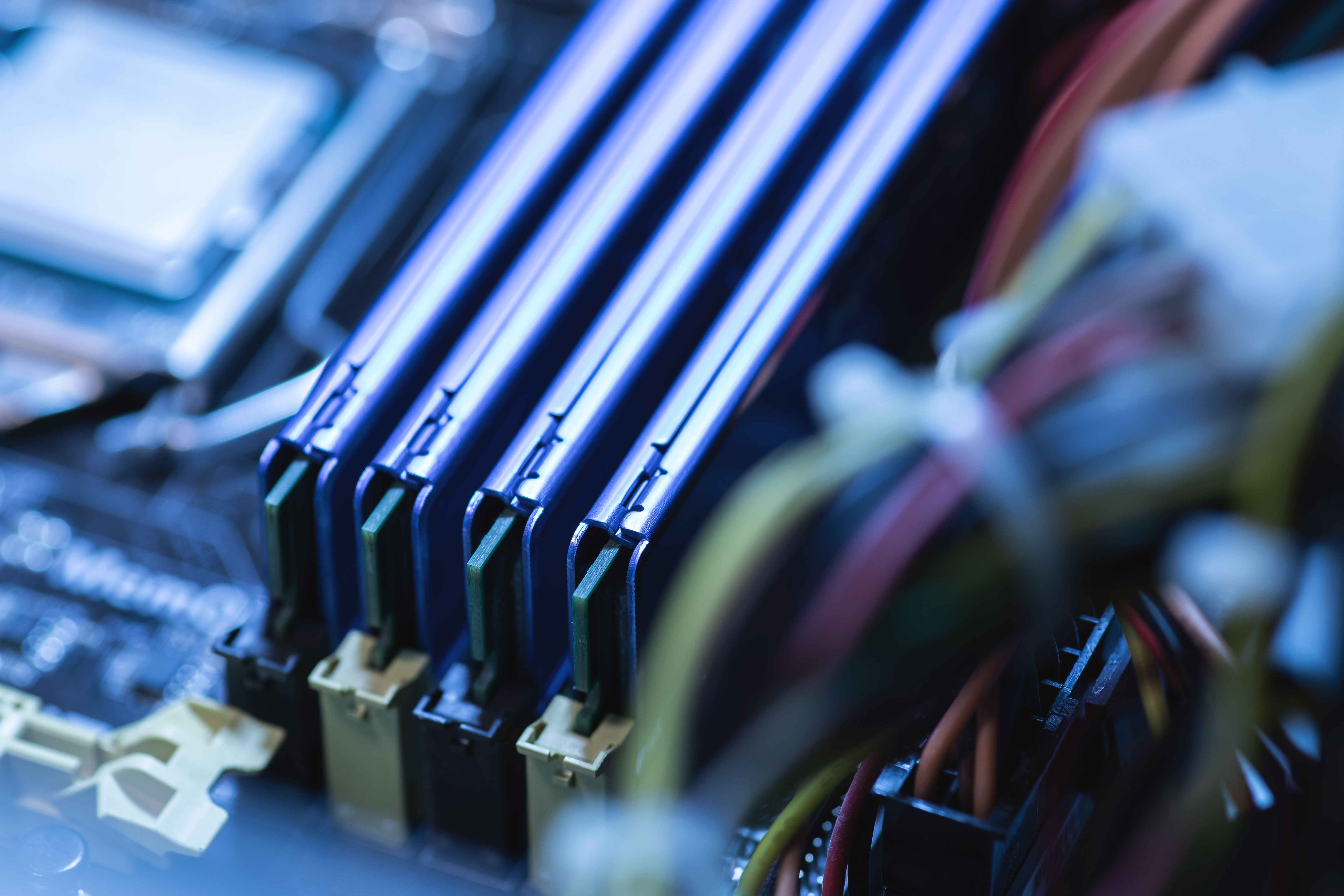
Random Access Memory (RAM) plays a pivotal role in a computer's ability to perform tasks swiftly. Acting as a temporary storage for active data and applications, RAM determines how many tasks your PC can handle at once. Understanding RAM specifications, such as size (measured in gigabytes) and speed (measured in megahertz), can help you choose the right configuration for your needs. Insufficient RAM can lead to sluggish performance, frequent crashes, or system freezes. By ensuring your PC has adequate RAM, you can improve multitasking capabilities and ensure smoother operation, especially for memory-intensive applications like video editing and gaming.
3. SSD vs. HDD: The Storage Showdown
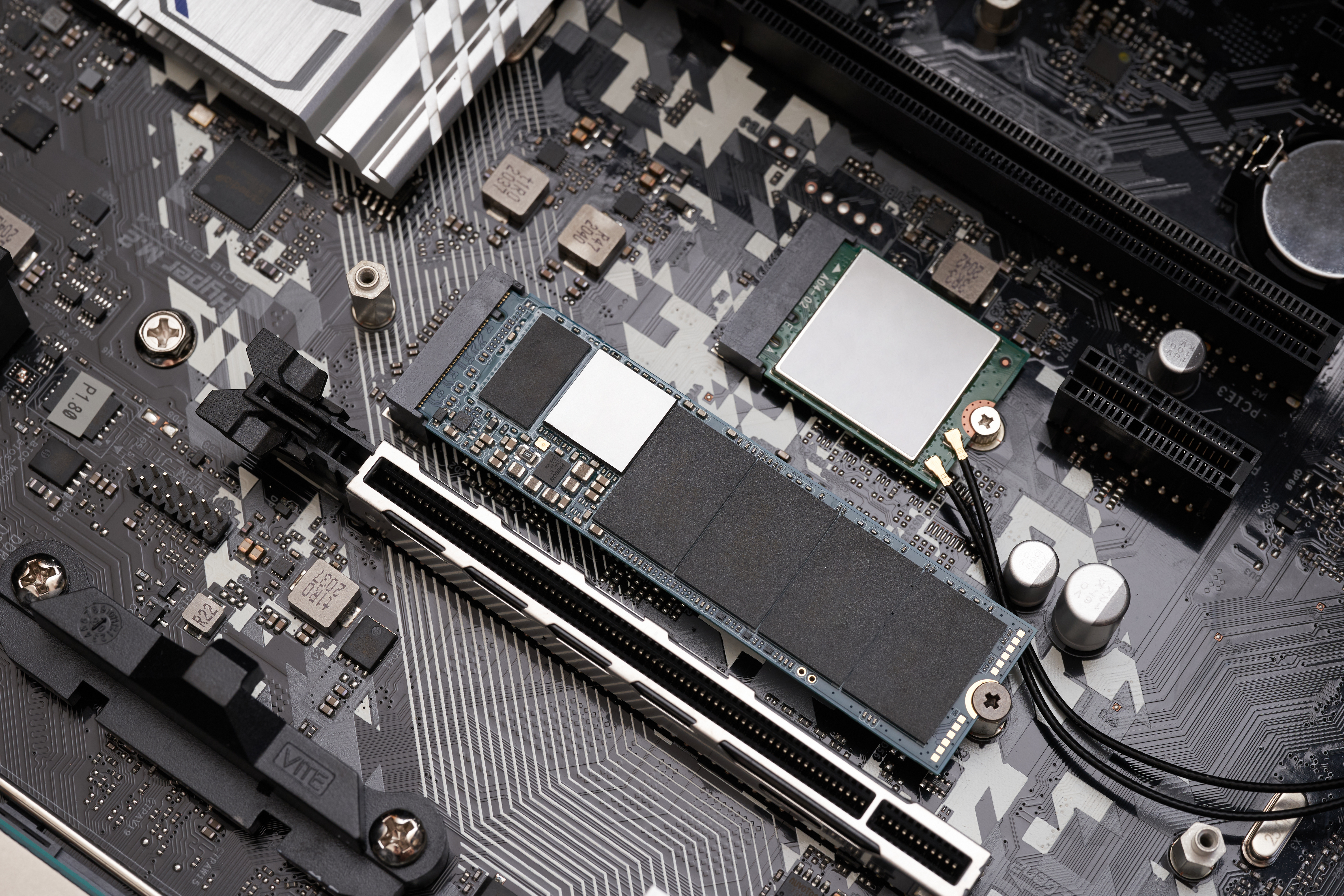
When it comes to storage, understanding the difference between Solid State Drives (SSD) and Hard Disk Drives (HDD) is essential. SSDs use flash memory to store data, offering faster read and write speeds, reduced boot times, and improved overall performance compared to traditional HDDs, which use spinning disks. While SSDs are generally more expensive per gigabyte, their speed and durability make them a worthwhile investment for many users. Knowing when to opt for an SSD over an HDD—or vice versa—can significantly affect your system's responsiveness and longevity, helping you avoid unnecessary upgrades or replacements.
4. GPU: Unleashing Visual Power
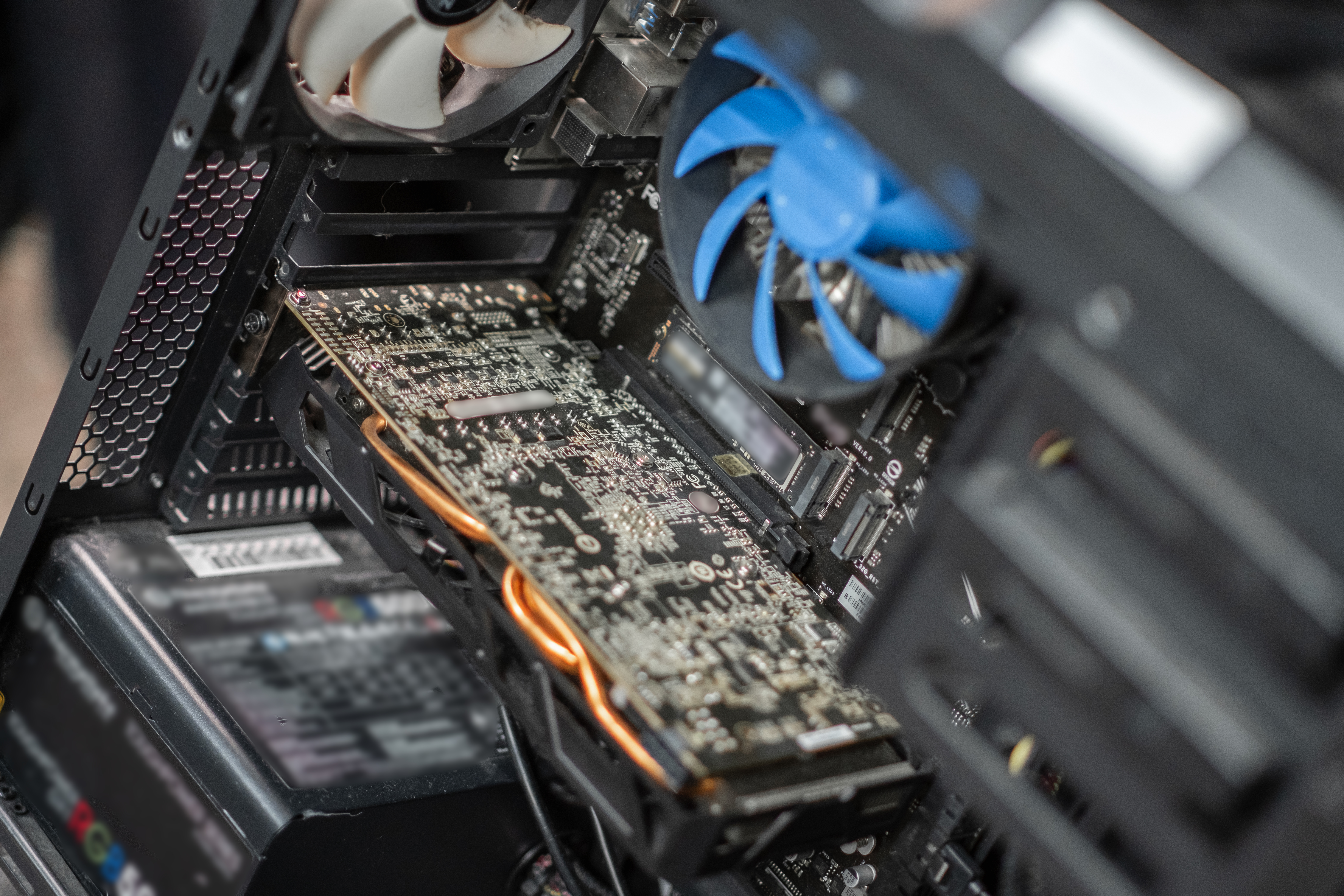
The Graphics Processing Unit (GPU) is crucial for rendering images, videos, and animations. For gamers, designers, and video editors, a robust GPU is essential for high-quality visuals and smooth performance. Understanding GPU specifications, such as the number of cores, clock speed, and memory size, can help you choose the right card for your needs. Integrated GPUs, found in many laptops and budget PCs, share resources with the CPU, while dedicated GPUs offer superior performance for demanding tasks. Investing in the right GPU can prevent visual lag and improve the overall user experience, ensuring your system can handle the latest software and games.
5. Motherboard: The Backbone of Connectivity
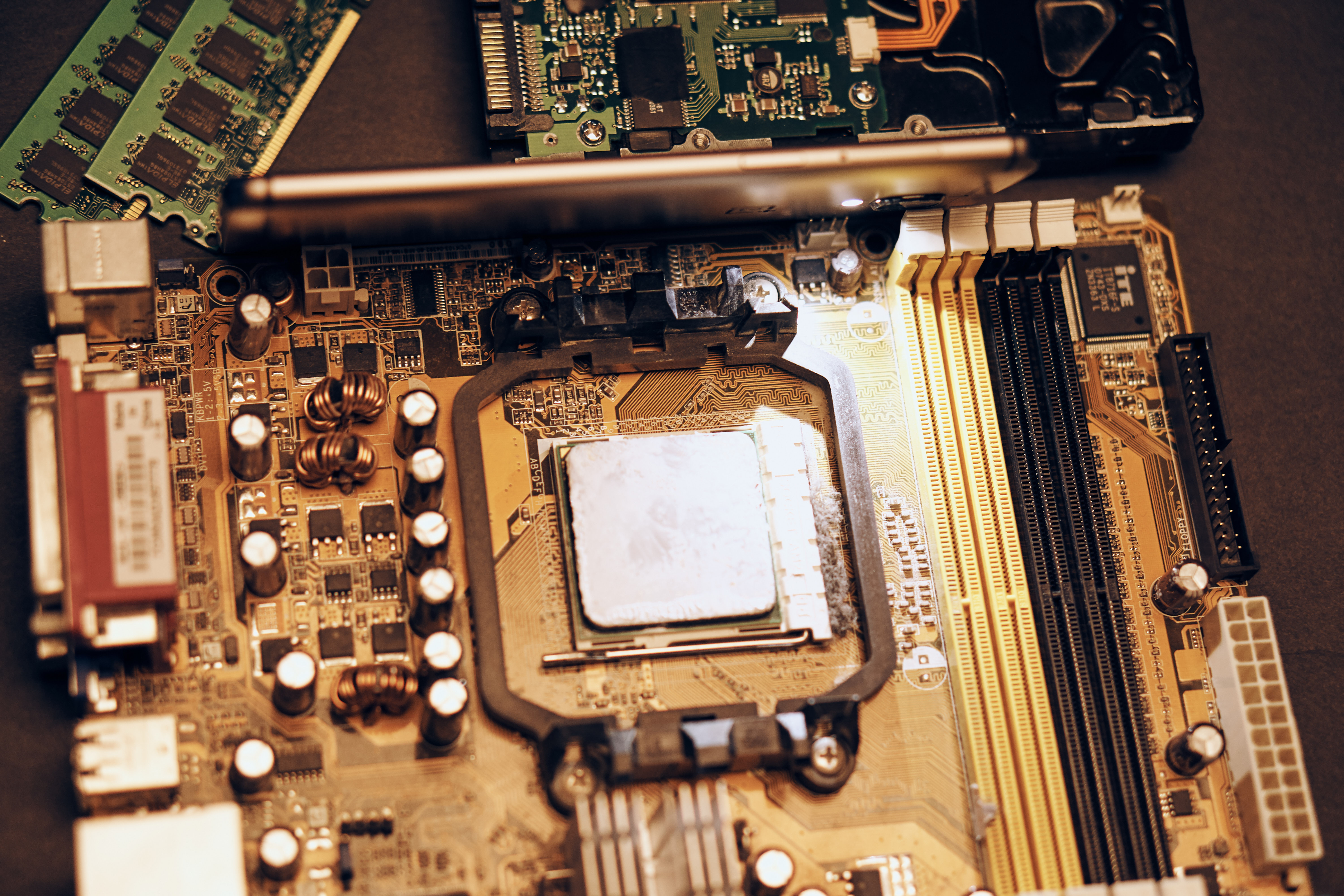
The motherboard is the central hub that connects all components of a PC, including the CPU, RAM, storage, and peripherals. Understanding motherboard specifications, such as form factor, chipset, and socket type, is crucial when building or upgrading a PC. A compatible motherboard ensures seamless integration of components, while an incompatible one can lead to costly mistakes and performance issues. Additionally, features like expansion slots, USB ports, and onboard Wi-Fi can influence your system's capabilities and future upgrade potential. By selecting the right motherboard, you can ensure your PC is equipped to handle current and future demands.
6. Power Supply: Fueling Your System
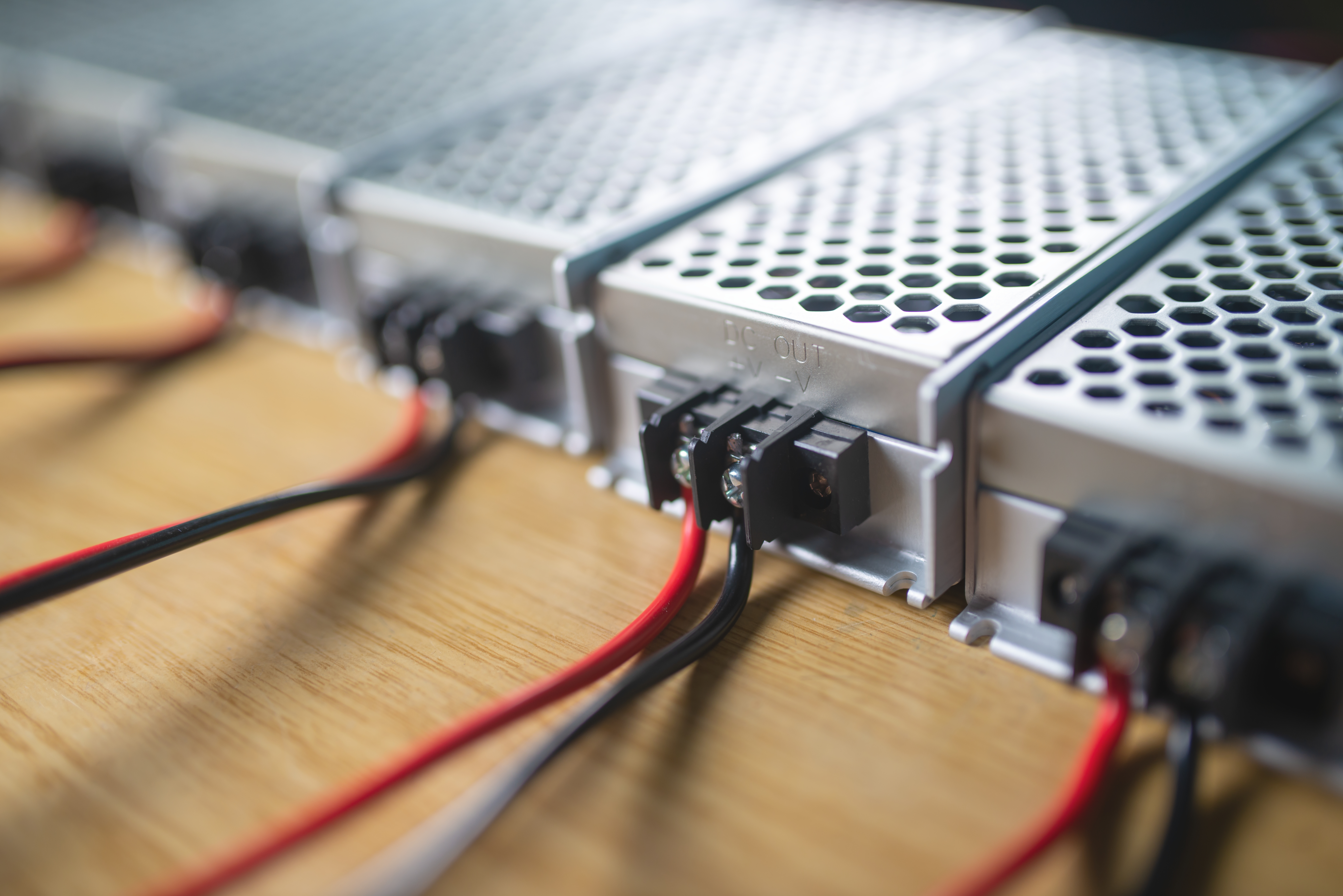
The Power Supply Unit (PSU) provides the necessary electrical power to all components of a PC. Understanding PSU specifications, such as wattage, efficiency rating, and connector types, is vital to ensure your system runs smoothly and safely. An inadequate PSU can lead to system instability, hardware damage, or even electrical hazards. Conversely, an overpowered PSU can be an unnecessary expense. By calculating your system's power requirements and choosing a quality PSU with the right specifications, you can ensure reliable performance and protect your investment, steering clear of potential pitfalls.
7. BIOS/UEFI: The Gateway to System Configuration

The Basic Input/Output System (BIOS) or its modern counterpart, Unified Extensible Firmware Interface (UEFI), is the firmware that initializes hardware during boot-up and provides runtime services for operating systems. Understanding how to navigate BIOS/UEFI settings can be crucial for troubleshooting, upgrading hardware, or optimizing performance. Features like boot order, hardware monitoring, and overclocking settings can be accessed through this interface. Familiarity with BIOS/UEFI can prevent boot issues and enhance system stability, allowing users to unlock advanced features and maintain control over their PC's configuration.
8. OS: The Software Foundation

The Operating System (OS) is the software that manages hardware resources and provides essential services for application execution. Familiarity with different OS options, such as Windows, macOS, and Linux, can help users choose the right platform for their needs. Each OS offers unique features, compatibility, and user experiences. Understanding the strengths and limitations of your chosen OS can prevent compatibility issues, enhance productivity, and ensure access to necessary software and updates. By mastering your OS, you can optimize your workflow and maintain a secure, efficient computing environment.
9. Networking: Connecting to the World
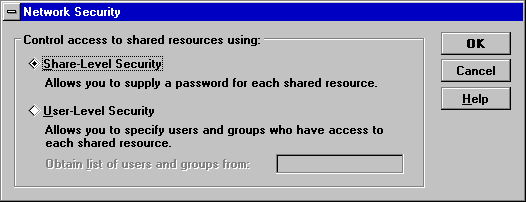
Networking is the backbone of modern computing, enabling PCs to connect to the internet and other devices. Understanding key networking terms, such as IP addresses, routers, and Ethernet vs. Wi-Fi, can help users troubleshoot connectivity issues and optimize network performance. A stable and secure network is essential for accessing online resources, collaborating with others, and protecting sensitive data. By grasping basic networking concepts, users can configure their networks for optimal speed and security, avoiding common pitfalls like slow connections or unauthorized access.
Mastering the Digital Seas
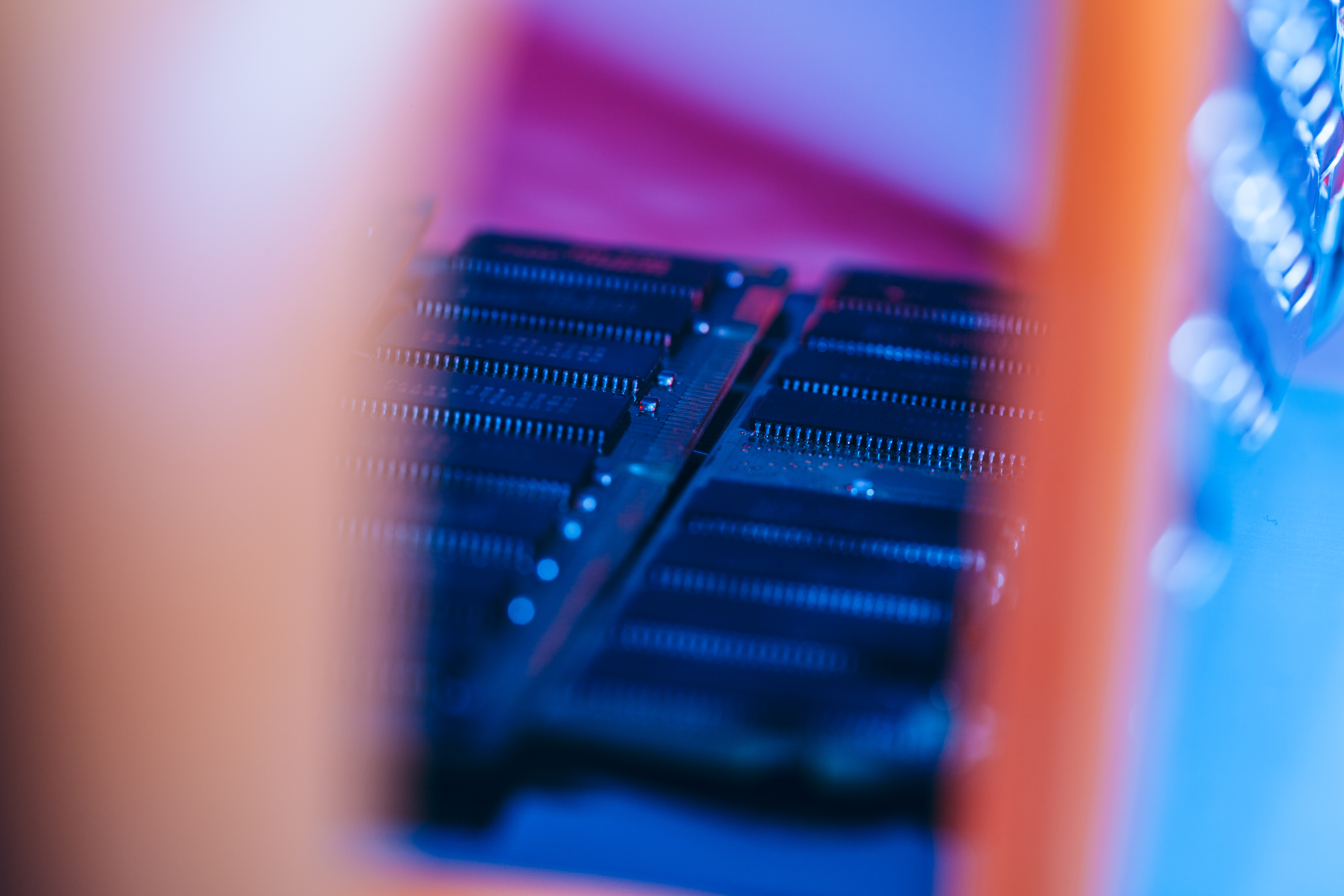
Mastering these 9 PC terms is akin to learning the ropes of a ship before setting sail. Each component, from the CPU to networking, plays a vital role in steering your digital journey. By understanding these elements, users can make informed decisions, optimize their systems, and avoid costly mistakes. This knowledge empowers you to navigate the digital seas with confidence, ensuring your PC is equipped to meet your needs and adapt to future challenges. As technology continues to evolve, staying informed and adaptable will be your compass, guiding you through the ever-changing digital landscape.


